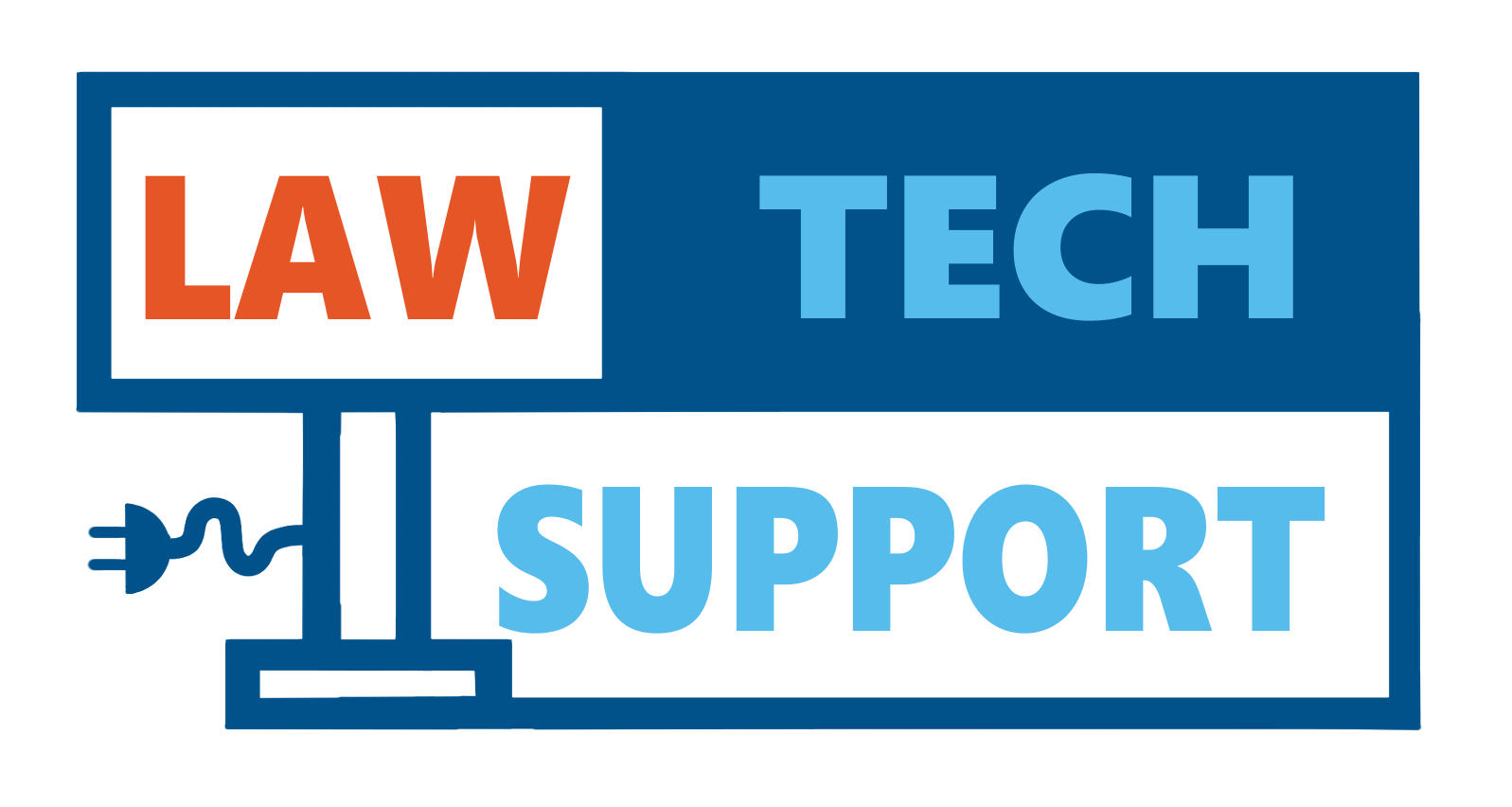Getting Connected – Internet Access in The George Page Complex
In our digitally-connected world, it seems everything requires access to the internet now. Laptops, gaming devices, TV’s Bluray players, refrigerators, microwaves, toasters, pencil sharpeners… Ok maybe not Everything, not yet anyway. But all that connecting does make you wonder, “How do I connect all my stuff in on-campus housing?” Well, we have a few tips for […]
